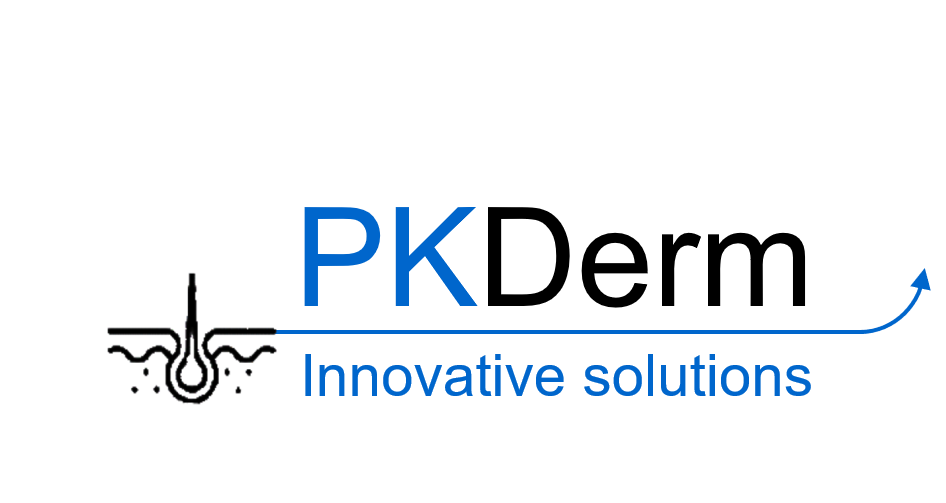
Dr. Tomaž Mohorič is a Computational Scientist at Edelweiss Connect. He obtained a Ph.D. in physical chemistry at the University of Ljubljana. During PhD, he has specialised in computer simulations of simple and complex liquids, in particular under non-equilibrium states. One example was the extensive computational studies of microwave heating of water and aqueous solutions. Besides that, he also participated in a multinational team of physicists, who studied by theory and in practice the properties of magnetic colloids under non-equilibrium conditions.
After that, he worked as a research scientist in analytics development at Krka d.d., where he gained first-hand experience from the pharmaceutical industry. He joined EwC in 2019 to contribute to the modeling and data analysis for the replacement of animal testing.
OpenTox Summer School 2022
IATAs: theory and practice on building predictive models
We will review the most widely accepted IATAs for skin sensitisation and also explain some of the details of how such machine learning models are built. In the practical session, we will analyse in vitro data for a set of compounds and build a machine learning model for integrated analysis of in vitro data on skin sensitisation.
OpenTox 2022 Virtual Conference
SaferSkin Case Studies comparing results from IATAs and Defined Approaches including the OECD 497 guidance
The goal of this talk is to provide insight into the combined use of in silico and in vitro evidence supporting integrated approaches to testing and assessment with a focus on the endpoint of skin sensitisation. Data and models are organised in such an approach as a weight of evidence against the key events of the adverse outcome pathway supporting the risk assessment of product ingredients and preparation of regulatory dossiers. We will work through practical examples following the defined approach procedures described in the OECD TG 497 guideline.
We will consider cases where the results are relatively straightforward and also more complicated e.g., having conflicting results between assays, differences in conclusions depending on the algorithm, experimental challenges, and cases where additional information is required.


